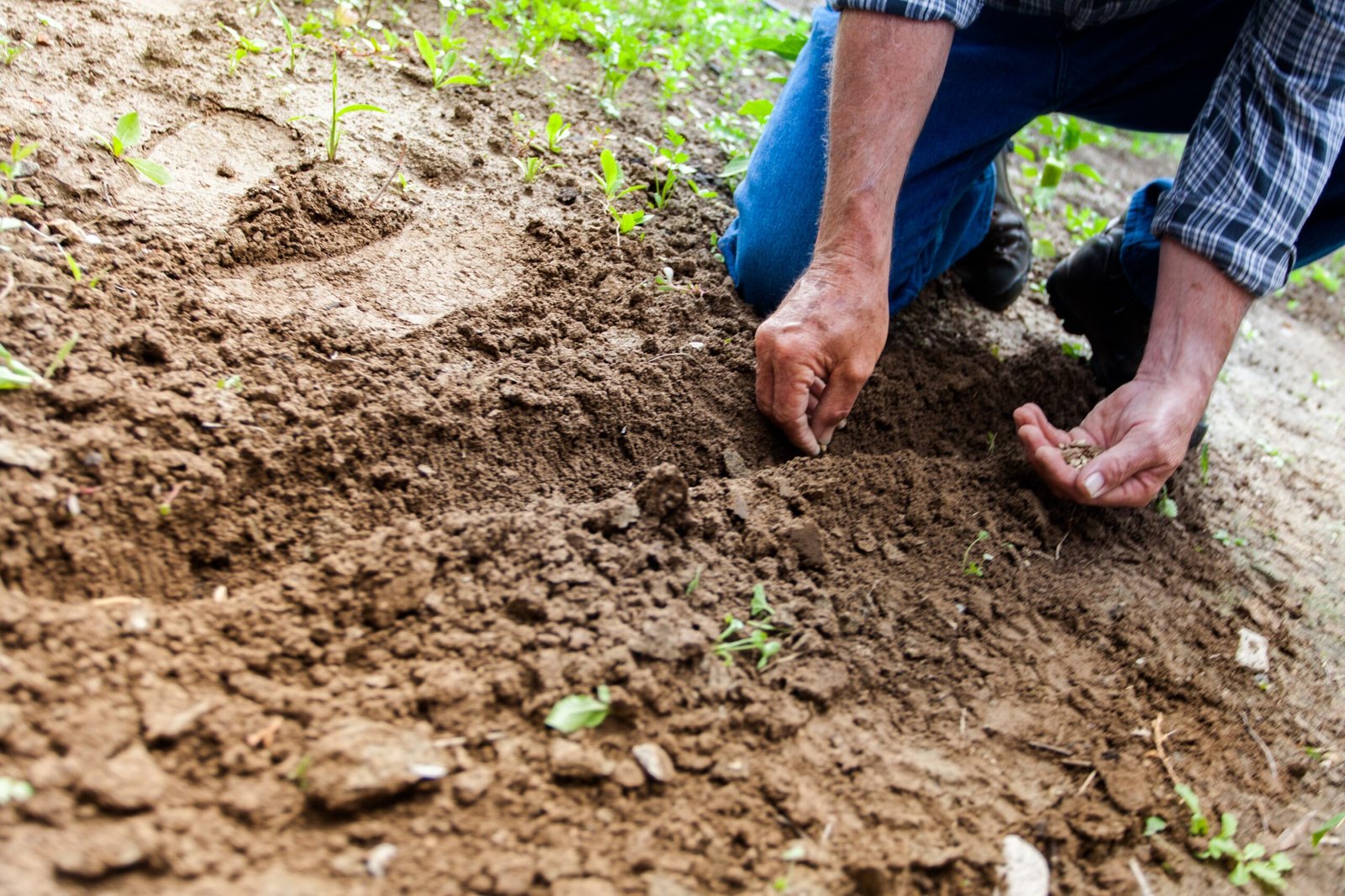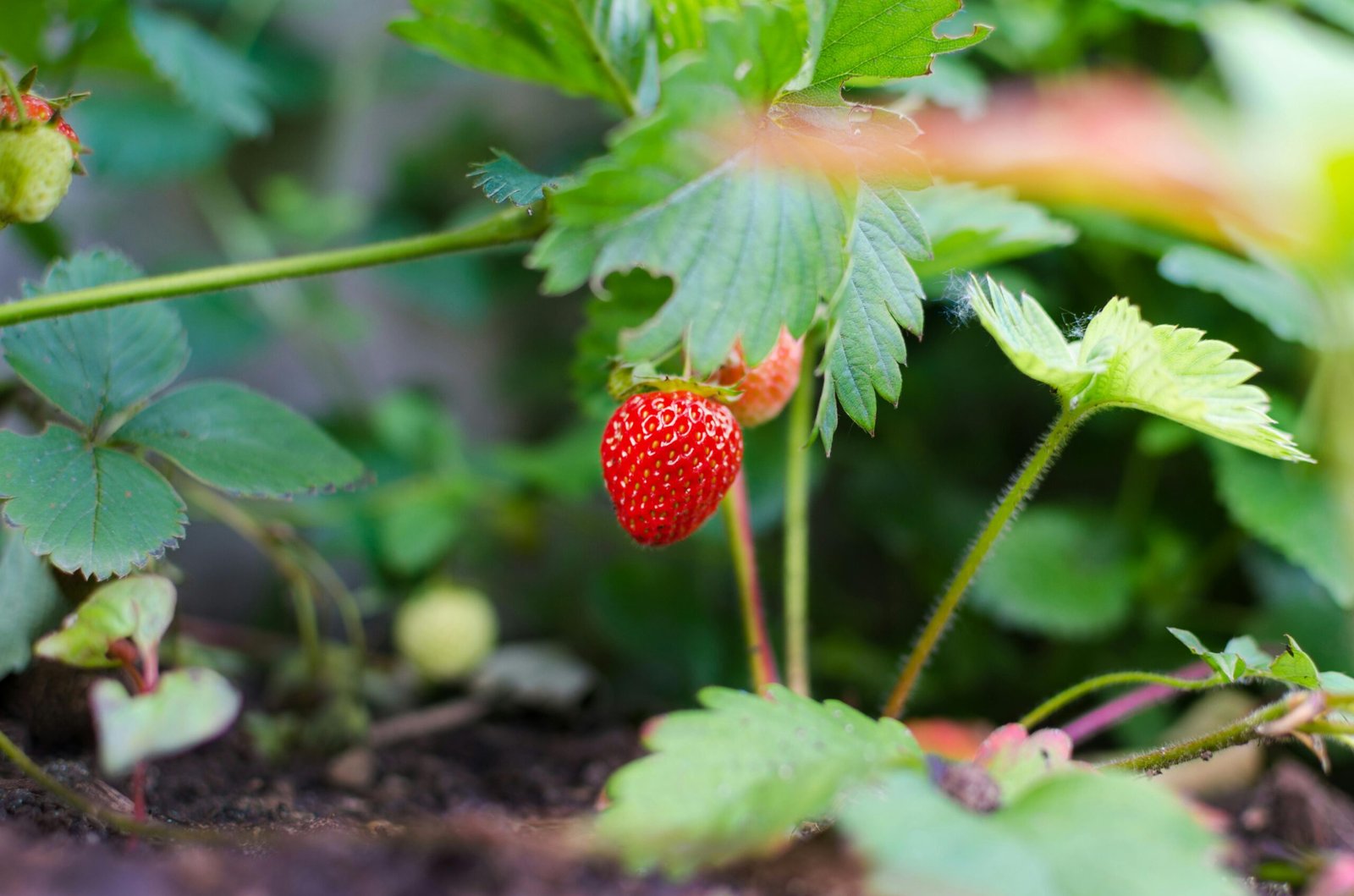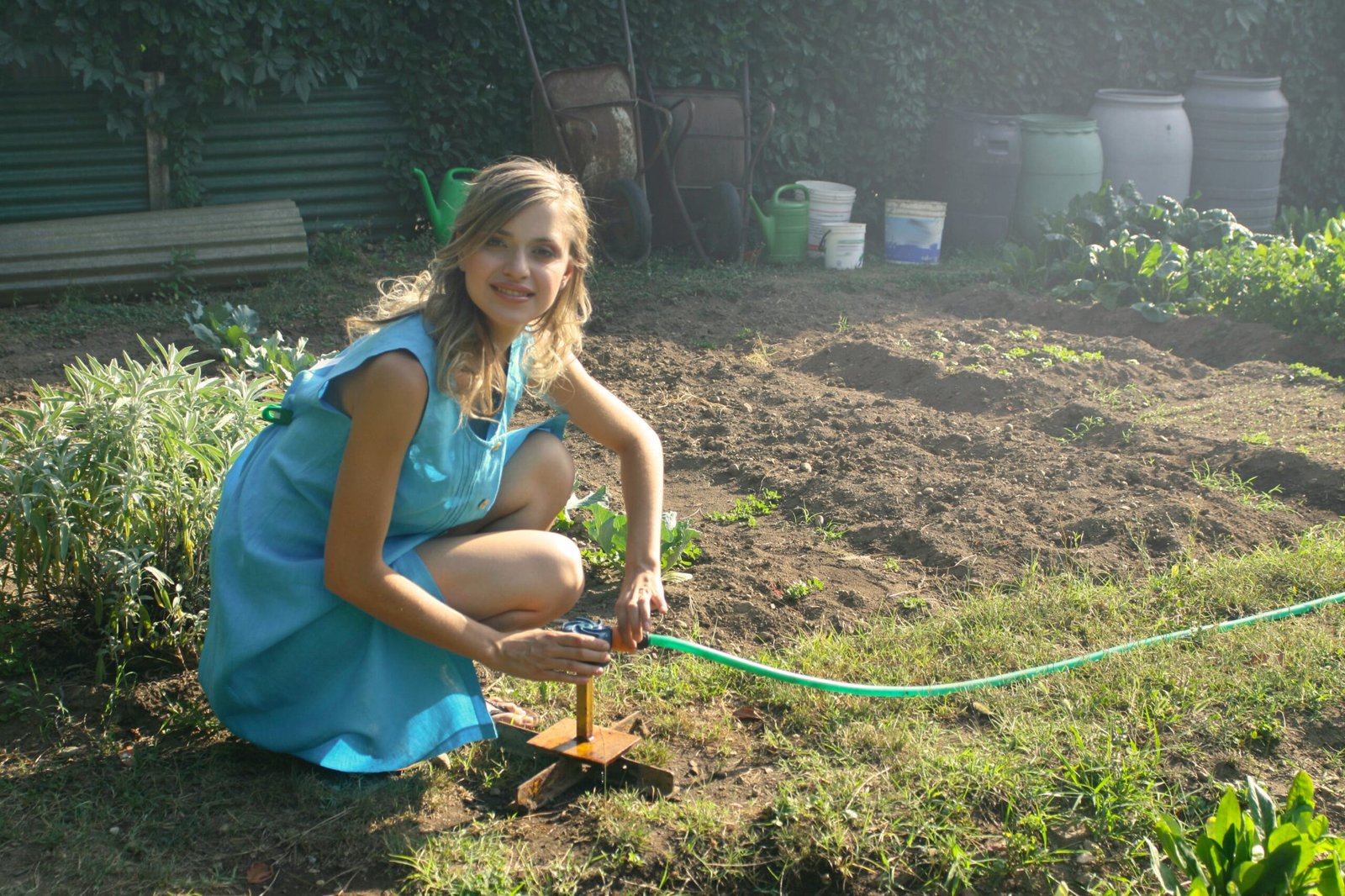
Looking to maximize your gardening space? Look no further than a vertical pallet garden! With vertical pallet garden beds, you can transform a small area into a thriving green oasis. By utilizing the vertical space, these gardens allow you to grow a wide variety of plants, herbs, and vegetables, even in the smallest of spaces. Whether you have a balcony, a tiny backyard, or just a small patch of wall, a vertical pallet garden is the perfect solution to bring nature into your life while saving precious space. Get ready to unleash your green thumb and create a vertical pallet garden that is not only practical but also visually stunning.
Choosing the Right Pallet

Condition of the pallet
When selecting a pallet for your vertical garden, it’s important to consider its condition. Look for pallets that are sturdy and free from any damage or rot. Avoid any pallets with broken or missing boards, as they may compromise the overall integrity of your garden. Inspect the pallet carefully to ensure that it can withstand the weight of the pots and plants that you plan to add.
Size and shape of the pallet
The size and shape of the pallet you choose will determine the amount of space you have for your vertical garden. Consider the dimensions of the area where you plan to install the garden and select a pallet that fits well within that space. Additionally, think about how many pots you would like to incorporate into your garden and choose a pallet with enough room to accommodate them.
Type of wood used in the pallet
Different types of wood have varying levels of durability and resistance to weathering. It’s advisable to opt for pallets made from hardwood, such as oak or beech, as they tend to be more resilient. This is especially important if you plan on placing your vertical garden outdoors, where it will be exposed to the elements. Hardwood pallets are less likely to warp or decay, ensuring the longevity of your garden.
Preparing the Pallet
Cleaning the pallet
Before using the pallet for your vertical garden, it’s essential to clean it thoroughly. Remove any dirt, debris, or loose nails from the surface and between the pallet boards. You can use a stiff brush or a pressure washer to clean the pallet effectively. Once cleaned, allow the pallet to dry completely before proceeding with the next steps.
Sanding the pallet
To ensure a smooth finish and reduce the risk of splinters, it’s recommended to sand the pallet after cleaning it. Use medium-grit sandpaper to sand the surface and edges of the pallet. Pay close attention to any rough or sharp areas that may potentially harm your plants. Sanding also helps in preparing the wood for the protective coating that you will apply later.
Treating the pallet with a protective coating
To protect the wood from moisture, insects, and rot, it’s crucial to treat the pallet with a protective coating. There are several options available for this, including wood stain, sealant, or paint. Choose a coating that is safe for plants and the surrounding environment. Apply the protective coating evenly to all sides and edges of the pallet, ensuring complete coverage. Allow the coating to dry thoroughly before moving on to the next steps.
Selecting the Location for Your Vertical Garden

Assessing sunlight exposure
One of the most critical factors for a successful vertical garden is adequate sunlight exposure. Observe the potential locations for your garden throughout the day to determine the amount of sunlight they receive. Most plants require at least six hours of direct sunlight daily, so choose a location that provides the necessary light for your chosen plants. Keep in mind that different plants have varying sunlight requirements, so consider this when deciding on the placement of your vertical garden.
Considering weight and stability
Vertical gardens can become quite heavy, especially when fully established with plants and soil. It’s important to choose a location that can support the weight of the pallet and the pots without compromising the stability of the structure. Avoid placing the garden on weak or unstable surfaces, such as loose soil or uneven ground. Consider using additional reinforcement or supports, such as wall anchors or stakes, to provide stability and prevent any accidents.
Determining accessibility for watering and maintenance
When selecting the location for your vertical garden, it’s essential to consider practical aspects such as watering and maintenance. Ensure that the garden is easily accessible for regular watering, especially if you plan on using pots that require frequent irrigation. Additionally, make sure you have enough space around the garden to perform routine maintenance tasks, such as pruning or harvesting. Accessibility is key to ensure the longevity and health of your vertical garden.
Preparing the Site

Clearing the area
Before installing your vertical garden, it’s crucial to clear the area of any obstacles or debris. Remove any weeds, rocks, or other objects that may interfere with the stability of the garden or hinder the growth of your plants. Creating a clean and open space will allow for easier installation and maintenance of your vertical pallet garden.
Leveling the ground
For optimal stability and proper drainage, it’s important to level the ground where you plan to install the garden. Use a shovel or a garden rake to remove any high spots and fill in any low areas. Leveling the ground will help ensure that the pallet sits flat and securely, preventing any water pooling or runoff issues.
Creating a sturdy support structure
To provide additional support and stability for your vertical garden, consider creating a sturdy support structure. This can involve attaching the pallet to a wall or constructing a frame to hold the pallet in place. Depending on the size and weight of your garden, you may need to use heavy-duty brackets, screws, or other hardware to secure the pallet firmly. A well-built support structure will prevent any wobbling or tilting, keeping your garden safe and secure.
Adding a Backing to the Pallet

Using weed fabric as a backing
Adding a backing to your vertical garden pallet helps prevent soil erosion and ensures that your plants remain secure. One option for a backing is to use weed fabric, which allows water to drain while preventing weeds from growing through the pallet. Cut the weed fabric to the size of the pallet and attach it securely using staples or nails. This will create a barrier between the soil and the back of the pallet, providing stability for your plants.
Attaching a plastic sheet to retain moisture
To retain moisture in the soil and minimize water loss, you can attach a plastic sheet as a backing to your pallet. Cut the plastic sheet to fit the size of the pallet and attach it tightly using staples or nails. The plastic sheet will create a barrier, reducing the amount of water that evaporates from the soil, especially in dryer climates. Ensure the plastic sheet has adequate drainage holes to prevent waterlogging.
Installing a wire mesh for added support
For additional support and stability, you can install a wire mesh as a backing for your vertical garden pallet. The wire mesh acts as a fence, preventing the soil from spilling out while allowing water to drain freely. Attach the wire mesh securely to the back of the pallet using staples or nails. This added layer of support will keep your plants secure and enhance the overall strength of the garden structure.
Arranging and Securing the Pots

Choosing the right pots
When selecting pots for your vertical garden, consider their size, material, and drainage capabilities. Opt for pots that fit comfortably on the pallet and leave enough room for the plants to grow. Ensure that the pots have drainage holes to prevent water from accumulating and causing root rot. Additionally, consider the material of the pots – plastic and ceramic pots are lightweight, while terracotta pots provide better moisture retention. Choose pots that best suit your plant’s needs and aesthetic preferences.
Arranging the pots on the pallet
The arrangement of pots on your vertical garden pallet is crucial for both visual appeal and the healthy growth of the plants. Consider the mature size of the plants you’ve chosen and arrange the pots accordingly, leaving enough space between them for growth. Place taller plants towards the back and shorter plants towards the front to ensure proper sunlight exposure. Experiment with different arrangements before securing the pots to find the most pleasing and effective layout.
Securing the pots to the pallet
To prevent the pots from shifting or falling over, it’s important to secure them tightly to the pallet. Use strong wire or sturdy metal clips to attach the pots to the pallet. Wrap the wire around the pot and secure it to the pallet, ensuring that it is tight enough to keep the pot in place but not too tight to damage the plant or restrict its growth. This will keep your pots secure and stable, even during strong winds or heavy rains.
Preparing the Soil Mix
Selecting a suitable soil mix
Choosing the right soil mix is vital for the health and growth of your plants in a vertical garden. Opt for a lightweight potting mix that provides good drainage while retaining sufficient moisture. Avoid using heavy garden soil, as it can impede drainage and restrict root growth. Look for potting mixes specifically formulated for container gardening or consider making your own mix using a combination of peat moss, perlite, and compost.
Adding compost or organic matter
To enrich the soil and enhance its fertility, incorporate compost or organic matter into the soil mix. Compost provides essential nutrients for plant growth and improves soil structure, ensuring better water retention and aeration. Mix a generous amount of compost or organic matter into the potting mix, ensuring it is well blended. This will provide your plants with the necessary nutrients they need to thrive in the vertical garden.
Ensuring proper drainage
Proper drainage is crucial for the health of your plants, as it prevents waterlogged soil and the risk of root rot. Ensure that your soil mix has excellent drainage capabilities by adding coarse sand or perlite to the potting mix. This will help water flow through the soil easily, allowing excess moisture to escape. Adequate drainage will ensure that your plants’ roots have access to oxygen and reduce the chances of water-related issues.
Planting Your Vertical Garden
Selecting suitable plants
When choosing plants for your vertical garden, consider their growth habit, light requirements, and suitability for vertical gardening. Select plants that will thrive in the specific conditions of your garden, such as sun-loving or shade-tolerant varieties. Depending on the size and weight of the plants, you may need to consider their compatibility with the pallet’s structure and overall stability. Opt for plants with shallow root systems or utilize lightweight containers to minimize stress on the pallet.
Spacing the plants properly
Proper spacing between plants is crucial for healthy growth and prevents overcrowding in your vertical garden. Follow the plant’s spacing recommendations provided on the plant label or consult gardening resources for guidance. Leave enough room for the plants to grow and develop without competing for space, light, or nutrients. Adequate spacing will promote airflow, reduce the risk of diseases, and maximize the overall beauty and productivity of your vertical garden.
Transplanting or sowing seeds in the pots
Depending on the plants you’ve selected, you can either transplant young seedlings or directly sow seeds into the pots. Carefully remove the plants from their nursery containers, ensuring minimal disturbance to the roots, and gently place them into the prepared soil in the pots. If sowing seeds, follow the instructions on the seed packet regarding depth and spacing. Water the plants thoroughly after transplanting or sowing seeds to help them settle into their new environment.
Caring for Your Vertical Garden
Watering the plants
Proper watering is essential for the health and vitality of your vertical garden. Monitor the moisture levels in the soil regularly and water the plants as needed, ensuring they receive adequate hydration without becoming waterlogged. Take into account environmental factors such as temperature and rainfall when determining the watering frequency. Focus on watering the root zone of the plants and avoid wetting the entire pallet excessively. Adjust your watering schedule based on the needs of individual plants and the prevailing weather conditions.
Fertilizing the plants
To provide your plants with essential nutrients, it’s important to fertilize them regularly. Choose a balanced, slow-release fertilizer suitable for container gardening and apply it according to the manufacturer’s instructions. Avoid over-fertilization, as this can lead to root burn and damage the plants. Monitor the growth and health of your plants, and adjust the fertilization schedule as needed. Regular fertilization will promote lush foliage, vibrant blooms, and optimal growth in your vertical garden.
Monitoring for pests and diseases
Regular inspection of your vertical garden is crucial to identify and address any potential pest or disease issues promptly. Look for signs of common garden pests, such as aphids, snails, or caterpillars, and take appropriate measures to control them. Check for any signs of disease, such as wilting, leaf spots, or discoloration, and treat affected plants as necessary. Maintaining good garden hygiene, proper spacing, and healthy plants will minimize the risk of pest and disease problems in your vertical garden.
Harvesting and Maintaining Your Vertical Garden
Harvesting your produce
As your plants grow and mature, they will produce fruits, vegetables, or herbs that are ready for harvest. Regularly check the plants for ripeness or desired maturity, and harvest the produce accordingly. Follow proper harvesting techniques to ensure that you don’t damage the plant or hinder future growth. Harvesting your fresh produce is one of the most rewarding aspects of vertical gardening and provides the satisfaction of enjoying homegrown, flavorful produce.
Pruning and trimming plants
To maintain the optimal health and appearance of your vertical garden, periodic pruning and trimming of the plants may be necessary. Remove any dead or diseased foliage to promote new growth and prevent the spread of diseases. Control the size and shape of the plants by selectively pruning branches or stems that are overgrown or obstructing the desired layout. Regular pruning will encourage bushier growth, enhance airflow, and maintain the overall aesthetic appeal of your vertical garden.
Replacing or rotating plants
Over time, some plants may start to decline or finish their growing season. It’s essential to replace these plants promptly to maintain the vitality and beauty of your vertical garden. Remove any spent or unproductive plants and replace them with new seedlings or mature plants. Additionally, consider rotating plants between growing seasons to ensure optimal soil health and prevent the buildup of pests or diseases. This practice will rejuvenate your garden, maintain productivity, and prevent stagnation.
By following these comprehensive steps, you can create and maintain a thriving vertical pallet garden that maximizes your available space. Embrace the versatility of vertical gardening, enjoy the beauty of plants growing vertically, and reap the rewards of fresh produce or stunning floral displays right outside your doorstep. Get started on your vertical garden journey today and transform any blank wall or empty space into a lush, green oasis. Happy gardening!





